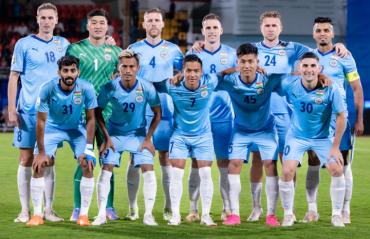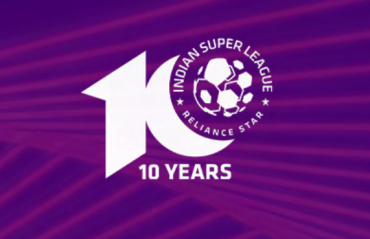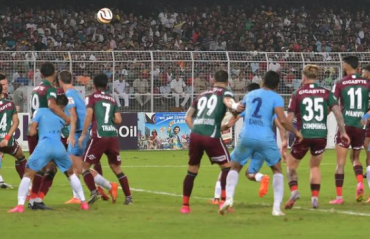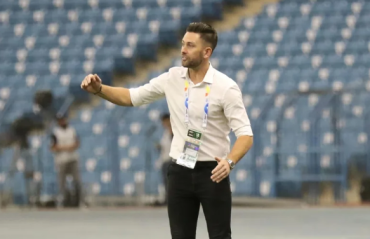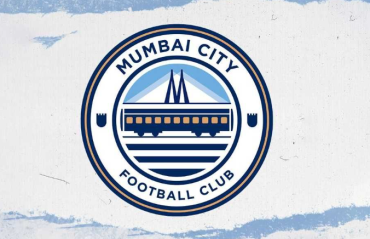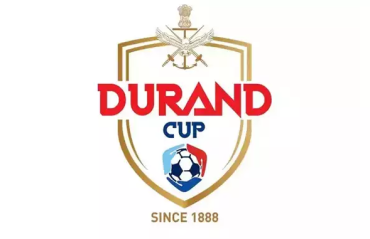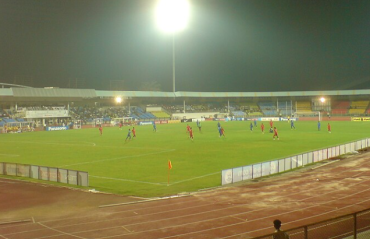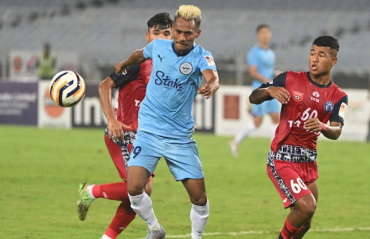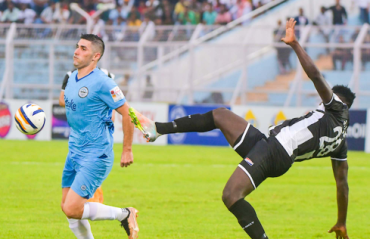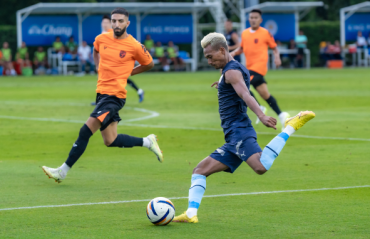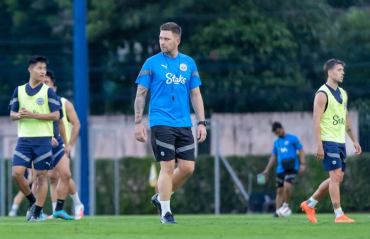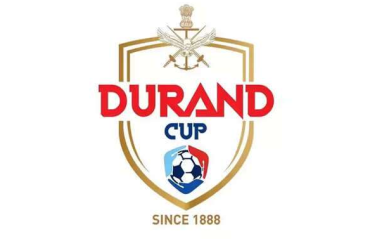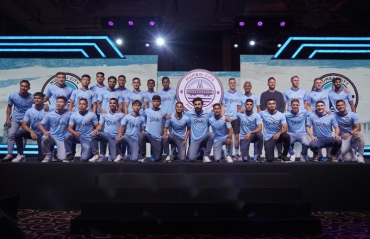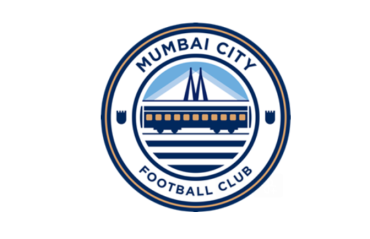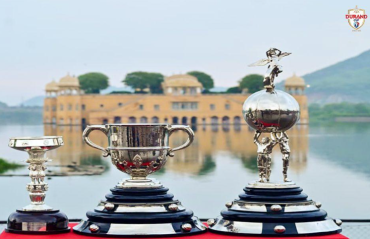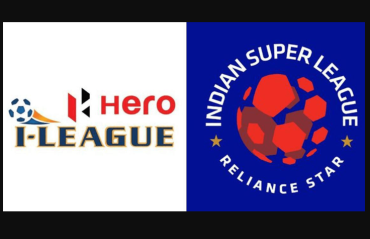STADIUM STORIES: Moving to Andheri creates potential for a major turnaround in MCFC's fate
GUESS WHAT, Navi Mumbai was never Mumbai.
The biggest bane of Mumbai City, since the day it came into existence, was that it was playing in front of a crowd that was never going to be its core group of fans.
In that regard, the franchise felt the same pinch of homelessness as the city's only top division club Mumbai FC did for years. But at least they got to play in a place that had 'Mumbai' as part of its name, unlike the real club which wandered between Pune and Kolhapur.
Everything was wrong about the DY Patil stadium setup. That thing is built for cricket, because two international quality cricket stadiums within stone's throw of each other wasn't enough for that area. Playing football on a small chunk of the field puts the audience far, far away from the action which, other than making it difficult to follow the action with naked eye, also adds to an emotional disconnect from the game. The viewing angle for non-VIP gallery spectators is also quite weird.
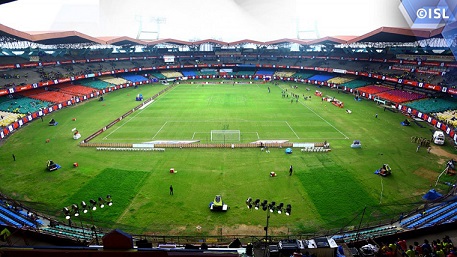
And not to mention its high seating capacity is a headache for the Mumbai City FC management. The stadium seats 56,000 (although the MCFC management learned a trick from ATK and announced a capacity of around 30,000 in order to manufacture a higher attendance percentage), which made the ground look sparcely crowded. All in all, the scene at Mumbai City home games was mellow, and it was going to be that way as long as they kept on playing at DY Patil.
But thankfully, the Mumbai District Football Association, in light of the upcoming FIFA U-17 World Cup, was quickly constructing a new stadium right at the heart of the city. And after a few hectic months of construction last year, they got the arena ready by the summer.
The clock is ticking down to kick-off at the Mumbai Football Arena tonight! #INDvPUR #BackTheBlue pic.twitter.com/zSLewTWZvQ
— Indian Super League (@IndSuperLeague) September 3, 2016
The Mumbai Football Arena, part of the Andheri Sports Complex, is the new epicenter of the football scene in the city, and the new home ground for Mumbai City FC. The biggest significance of this house-moving is that this new stadium is very well connected with the rest of the city by local train, buses and metro. It is also bang in the middle of a burgeoning residential area. The area is also full of young people, and there's a real chance of a local fan culture developing around the home games. We already saw a glimpse of that during the first proper match this stadium hosted: the international friendly between India and Puerto Rico.
The ground was nearly full during that game, and the fans, in their first ever game at a new stadium, already felt like a united force, constantly backing the national team with chants and slogans. The Blue Tigers delivered, too, and won the match by a historic 4-1 margin. The rookie crowd got a much-needed taste of victory, and they are likely to come back for more. That will work out nicely for Mumbai City.
Game underway! At the Mumbai Football Arena! @AiffMedia and @FutbolPR #BackTheBlue #INDvsPUR pic.twitter.com/epX9aswgcO
— Aaditya Thackeray (@AUThackeray) September 3, 2016
The pitch is of a good quality and the stands are close to the action. This makes for a great viewing experience for the fans, and the players connect with the fans even better. Even before the ball was set rolling in the India vs Puerto Rico match, multiple national team came out and praised the stadium's compact construction; especially given the fact that most football stadiums in India are multi-purpose arenas with dull, inconvenient athletic tracks around the pitch.
And the smaller capacity - around 12,000 - is a much more realistic margin for Mumbai City. They should not find it hard to fill it up; as long as they don't repeat the mistake made by the organizers during the India game of reserving the entire bucket-seat section for VIPs and other complimentary ticket recipients. Those seats are going to be highly valued among families and upper middle class fans, especially with the promise of proximity with celebrities that they hold.
#BacktheBlue #INDvPUR Galaxy of Stars. @praful_patel with @juniorbachchan @AUThackeray pic.twitter.com/vOJpRMtmAb
— Indian Football Team (@IndianFootball) September 3, 2016
Hopefully by next season, when the arena plays host to the U-17 World Cup, it will have an increased capacity that can serve the increased number of regular matchday fans that that Mumbai City will hopefully amass during ISL 2016. But for now, the trick will be to provide an affordable opportunity for potential fans - especially youngsters - to come over and enjoy a night of football, so they can experience what it's like to be a part of the legion. While raising ticket prices to a minimum of Rs 250 might be a pinch, we're talking about Mumbai middle class being targeted here, and that's not a huge amount of money for them; half the multiplexes charge more than that for a prime-time movie ticket.
And herein lies an ironic catch. At the core of the fan force during the India vs Puerto Rico game lay Yellow Brigade who led the whole stadium with their banners and coordinated chants. And Yellow Brigade are a Mumbai FC fan club. Even though Mumbai City are laying a claim to this ground, it was the fans of their Cooperage-based I-League cousins who did most of the work to establish Mumbai Football Arena as a major theater for the Indian football fans to look up to.
Greeting the fans. #IndianFootball #BacktheBlue #INDvPUR pic.twitter.com/Yy5MIcp4Jp
— Indian Football Team (@IndianFootball) September 3, 2016
So the onus is now on the Mumbai City team and management. They have been handed a beautiful stadium on a platter. They have had myriads of footballing entities warm up the arena for housefull footballing action; including the MDFA, the national team and even the Mumbai FC fans. Now all the Mumbai City franchise have to do is to put on a show that captures the attention of the action-starved Mumbai football fan. A few good wins with performances that leave an impression in the mind should be enough to kick-start a domino effect where the fanbase grows, and the team feeds off of it to find their way into the top four, and thereby bringing about the most successful, meorable and significant season in Mumbai City FC's short history.









